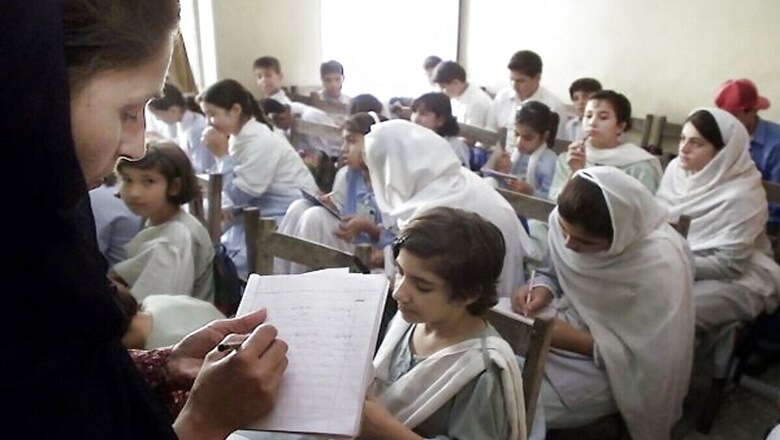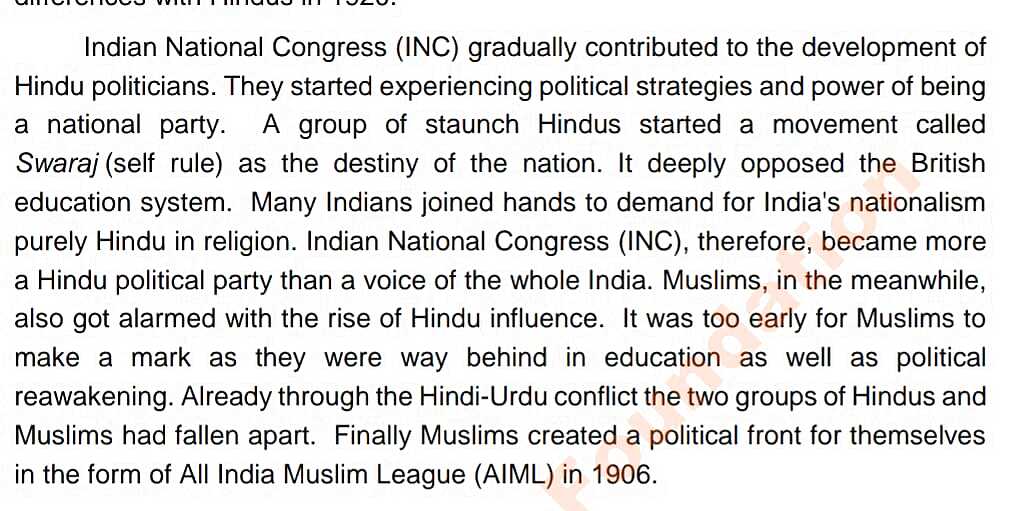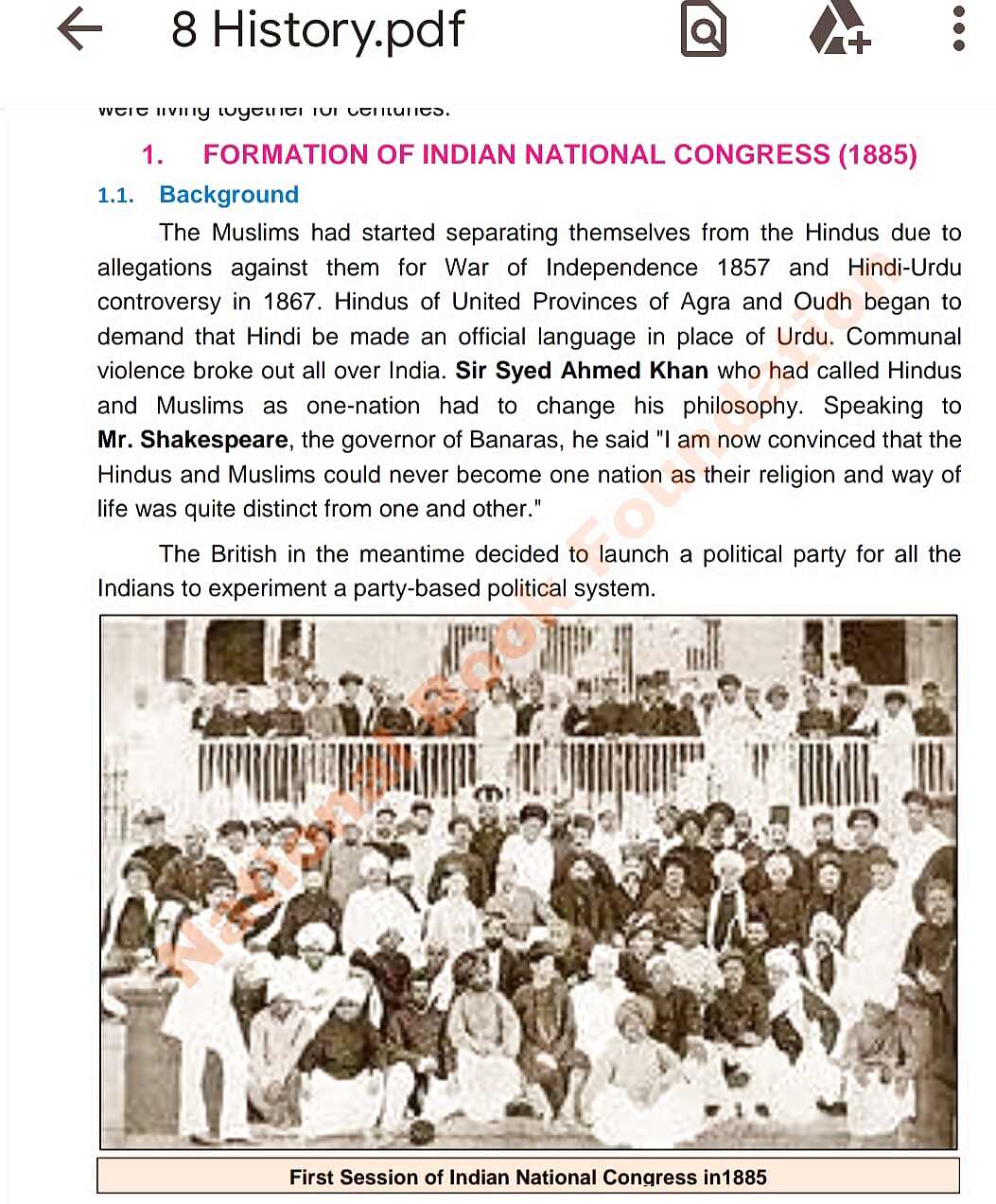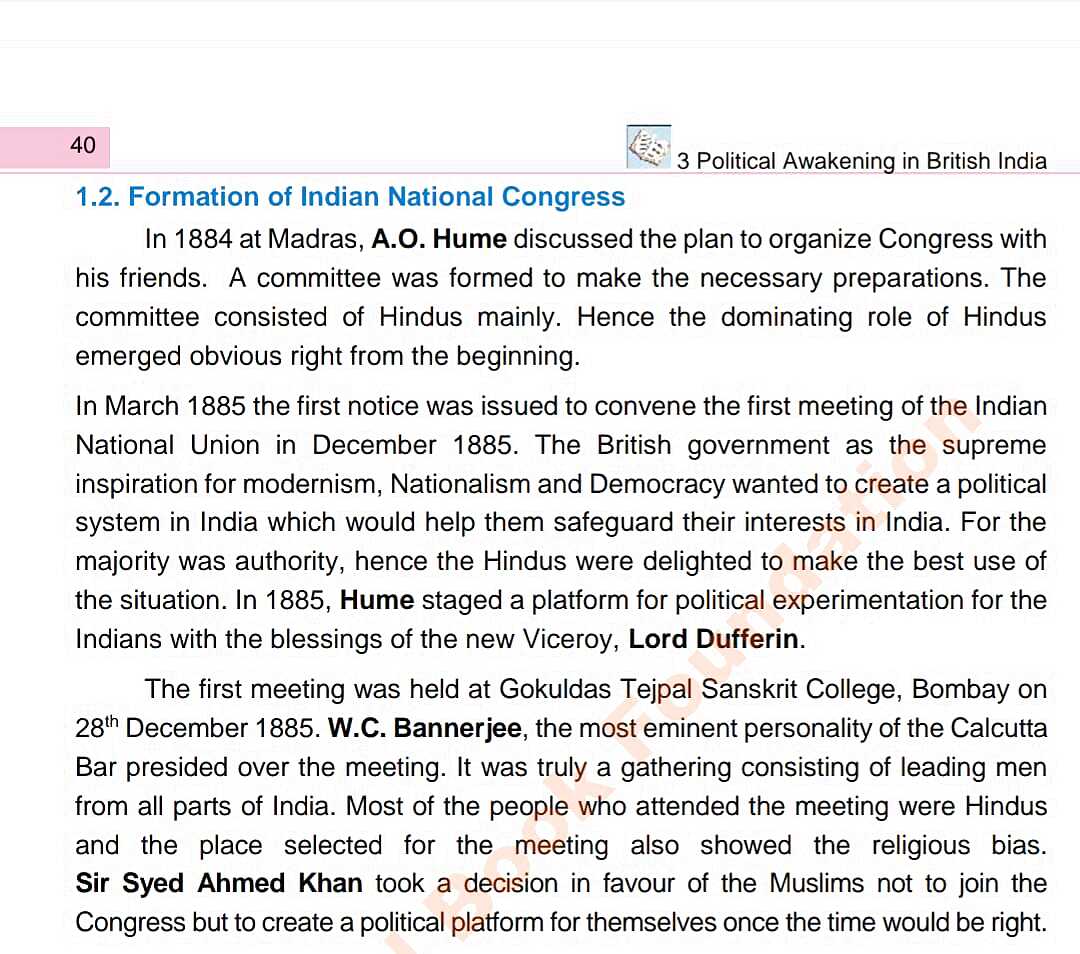
views
From indirect negative references to Mahatma Gandhi, accusations, blame and claims of being “Muslim nationalists”, history textbooks taught across schools in Pakistan in classes 8 and 9 are full of content that is anti-India as well as anti-Hindu. Written and designed by educational experts of the country in line with its national curriculum, the textbooks taught to young minds present students a wrong and hostile picture of its neighbouring nation from the very beginning. News18 has accessed class 8 and 9 textbooks published by the National Book Foundation (Federal Textbook Board, Islamabad).
Sample this: the chapter on the formation of the Indian National Congress (INC) during the British era in the class 8 history book reads, “Many Indians joined hands to demand for India’s nationalism, purely Hindu in religion. Indian National Congress (INC), therefore, became more a Hindu political party than a voice of the whole India.”

The book introduces Mahatma Gandhi, who led India’s fight for freedom from British rule, as just a “Hindu leader”. The textbook goes on to accuse him of “disregard of Muslims”.
“Gandhi and his young supporters took charge of the Congress and approach of Hindu as a majority and disregard to Muslim rights created hatred, jealousy and narrow-mindedness,” the school book reads.

There are recurring direct and indirect references to Gandhi as well as the INC throughout the various sections of the textbooks. This is in stark contrast to Indian school textbooks, which are neutral in talking about Pakistan or its leaders.
Talking about supporting Turkey’s fight for its Caliphate during undivided India, the book says, “Gandhi and Congress who had little interest in the Caliphate had joined them to bring their own protest agenda of Self Rule against the British Government.”

There are multiple instances where the book talks about Muslims not being able to trust Hindus in their fight for their rights (Muslim rights). “The partition of Bengal brought the realisation to Muslims that they could not expect any fair-play from the Hindu majority. Therefore, to safeguard their interests, the Muslim leaders drew up a plan for separate electorates for their community”.
At another point, it again makes the same statement about Muslims not being able to trust Hindus. “However, the Muslims had learned an important lesson that they could neither trust Hindus nor British…The Khilafat movement in this respect brought in the concept of nationhood for the Muslims of India,” it says.
The partition of Bengal was annulled in 1911 (which was earlier divided into two provinces with East Bengal and Assam having an overwhelming majority of Muslims). “The annulment came as a setback to Muslims; however, it gave them a lesson. The Muslims came to realise that they could trust neither the Hindus, nor the British for the protection of their rights…The Congress claimed to be a national party, but on the question of partition, it behaved like a sectarian Hindu organisation,” it says.
Interestingly, every other chapter that talks about the birth of Pakistan refers to Muslims, who were very much part of India during British rule, as a separate entity from the Hindus.

There is an emphasis on the fact that “Muslims of India” always wanted to be separated as a “Muslim nation” and never does the book mention them as part of the one country that together fought for its independence. Even their participation in the fight against the British is repeatedly labelled as “Muslim nationalism”.
Even in the question-and-answer section, the book asks students to “Discuss the role played by all the leaders mentioned in the chapter to support the cause of Muslim Nationalism in India”.
At every other point, it stresses on how Muslims were oppressed at the hands of the “Hindu majority”.
The class 9 chapter on “Elections of provincial assemblies under Govt of India Act 1935″ goes on to say, “The Congress ruled badly. The period was marked with political corruption and high-handedness of the party over the government. These governments introduced schemes like Vidya Mandir and Gandhiji’s Wardha. These schemes were not acceptable to the Muslims. The Congress government took steps to replace Urdu with Hindi and tried to introduce ‘Bande Matram’ as the official anthem. This song had anti-Muslim background and provoked hatred against the Muslims.”

Consequently, Congress governments resigned after the Second World War started. The book says, “The Muslims expressed relief at the termination of the oppressive Congress rule.”
Even post-partition problems in Pakistan such as those of administration, having poor resources, feeding refugees (Hindus from Indian provinces), and the mass violence during migration have been blamed entirely upon the Indian government, showing it in a bad light.
Upon partition, one of the chapters explaining the scenario in Pakistan, says, “Territory of the state of Pakistan was divided into two parts — West Pakistan and East Pakistan; these were separated by thousands of miles of hostile Indian land.”
It goes on to talk about the problems faced by the newly formed state, Pakistan, and it blames India largely for this. “Due to untimely and badly planned partition and the large-scale massacre of Muslims by Sikhs, the Muslims of East Punjab were forced to leave their homes and migrate to Pakistan in large numbers,” it says.
Elaborating on one such matter under the heading “The Canal Water Issue”, it again accuses India of cutting its water supplies. “In April 1948, India demonstrated her negative potential by cutting water supplies of vast areas in the vicinity of Lahore; crops grown on thousands of acres were damaged,” it says.
Education experts involved in developing textbook content said that Pakistan’s approach towards teaching its children has been anti-India from the very beginning while India’s approach is of respecting all nations and religions alike.
JS Rajput, former director, National Council of Educational Research and Training (NCERT), said that India has had an age-old tradition of respect for all religions, which is reflected in its textbooks. “Basically, it is what we call ‘Sanatan Dharma’. I have visited Pakistan several times and am aware of its textbook content. Their approach is one of teaching hatred for other religions. The whole climate is anti-India,” said Rajput.
He added that the future of any country depends on what a child learns at school during his/her formative years, which has a lasting effect on their mind. “At NCERT, when writing history textbooks, our mandate was that not a single word can be against any religion or nation and we still abide by that,” he said.
While children in any place must be taught the basics of their religion, at the same time they should know the commonalities and learn to respect differences wherever they are, which is the right approach to take for any book board, said Rajput.
“At a time when demographics are changing and even those nations where there is a single religion, language, or ethnicity are trying to adjust with other neighbouring countries, this approach of Pakistan is suicidal in nature,” he added.
Read all the Latest India News here




















Comments
0 comment